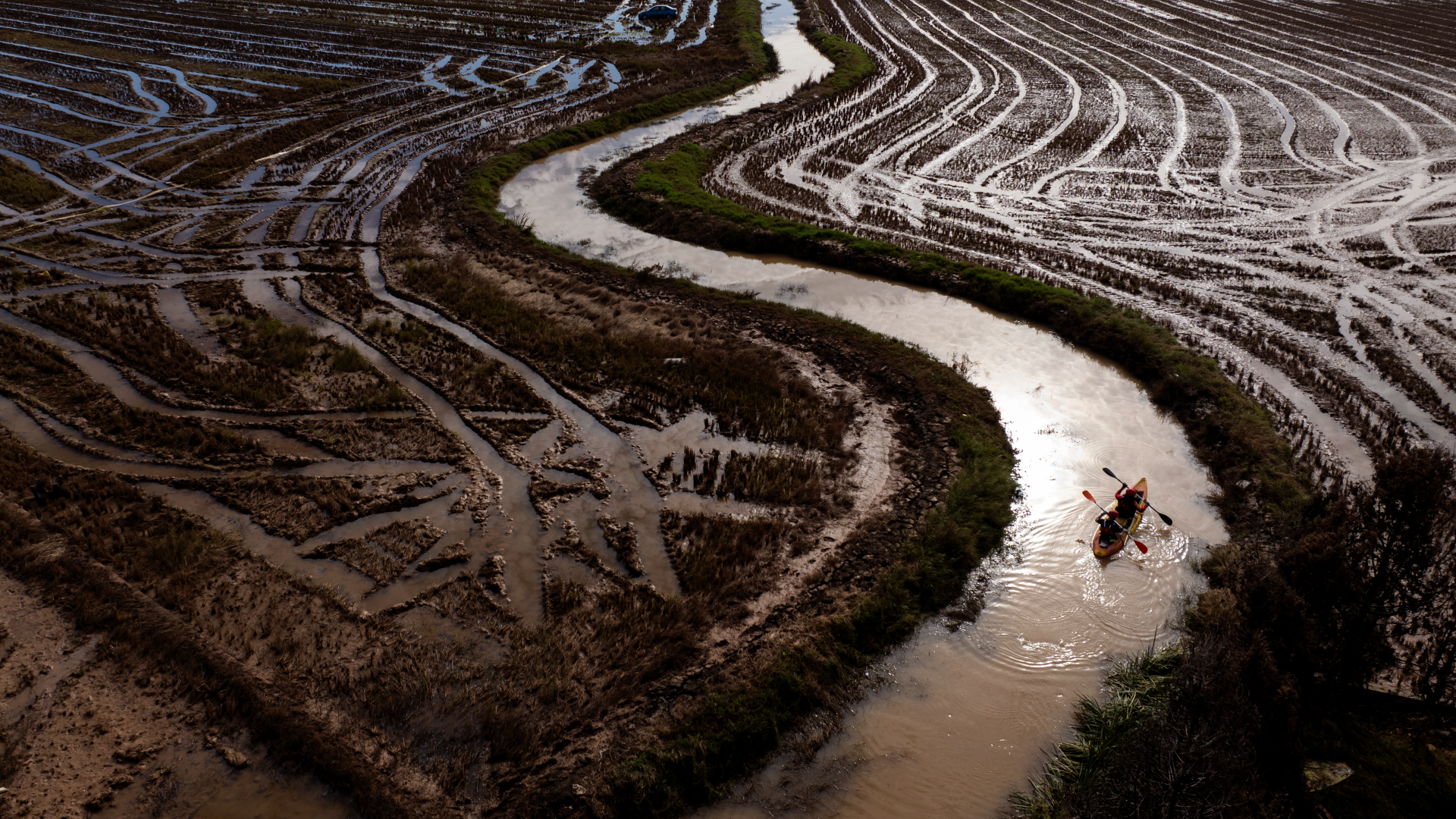Spanish research ship to look for individuals lost in flooding
A Spanish research vessel dedicated to studying marine ecosystems has been unexpectedly redirected from its regular mission to assist in the urgent efforts to locate those missing following the floods in Spain.

The crew of 24 aboard the Ramon Margalef was gearing up on Friday to deploy its sensors and submersible robot to chart an offshore area of 36 square kilometers—equivalent to over 5,000 soccer fields—in a bid to locate vehicles swept into the Mediterranean Sea by last week's catastrophic flooding.
The aspiration is that mapping these submerged vehicles could facilitate the recovery of bodies. Nearly 100 individuals have been officially reported missing, with authorities acknowledging that the number of unaccounted individuals could be higher, in addition to the more than 200 confirmed dead.
Pablo Carrera, the marine biologist overseeing the mission, anticipates that his team will be able to provide valuable information to police and emergency services within 10 days. He noted that, without a detailed map, executing an effective and systematic recovery operation to locate vehicles on the sea floor would be nearly impossible. "It would be like finding a needle in a haystack," Carrera remarked in a phone conversation with The Associated Press.
When the tsunami-like flooding struck on October 29, many vehicles became death traps.
The vessel will participate in a broader operation involving police and soldiers who have intensified their search efforts for bodies and the missing, extending their reach beyond the devastated towns and streets. Searchers have been using poles to sift through layers of mud, while sniffer dogs have been deployed to detect scents of bodies buried along canal banks and fields, as they also examine the beaches along the coastline.
The initial area being explored by the Ramon Margalef is the section of sea adjacent to the Albufera wetlands, where some floodwaters drained after inundating villages and the southern outskirts of Valencia city.
Carrera, 60, leads the fleet of research vessels operated by the Spanish Institute of Oceanography, a government-funded scientific body under the Spanish National Research Council. He boarded the Ramon Margalef in Alicante, situated on Spain's southern coast, from where it will depart to navigate towards Valencia's waters before dawn on Saturday. The plan is to commence work immediately with the team of 10 scientists and technicians, along with 14 sailors working continuously in shifts. The vessel also previously contributed to researching the impact of the lava flow that reached the sea following the 2021 La Palma volcanic eruption in Spain's Canary Islands.
Carrera expressed that finding a body at sea is highly improbable, emphasizing that the primary focus should be on locating large objects that should not be present. The submersible robot, equipped with cameras, is capable of diving to depths of 60 meters to identify vehicles. Ideally, the goal is to locate license plates, although visibility may be very limited, and the cars may be crushed or buried in mud, Carrera explained.
In the longer run, his team will assess the impact of flood runoff on the marine ecosystem. These findings will contribute to ongoing projects by other Spanish research institutions studying Spain's deadliest floods of the century.
Spain has historically experienced occasional deadly floods due to autumn storms. However, scientists note that the drought over the past two years, combined with record-high temperatures, exacerbated these floods. According to Spain's meteorological agency, the 30.4 inches of rain recorded in just one hour in the Valencian town of Turis represents an all-time national record.
"We have never seen an autumn storm of this intensity," Carrera stated. "We cannot stop climate change, so we have to prepare for its effects."
Alejandro Jose Martinez for TROIB News
Discover more Science and Technology news updates in TROIB Sci-Tech












